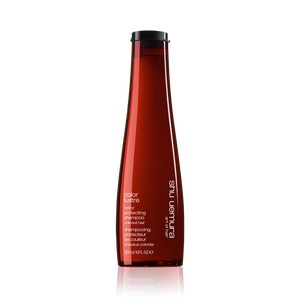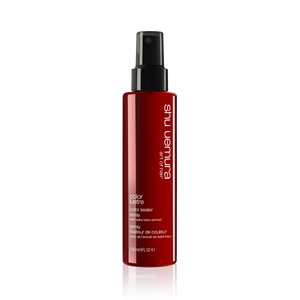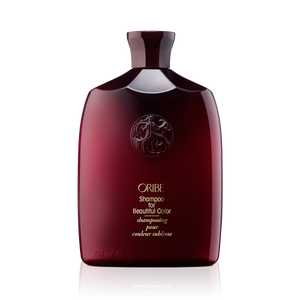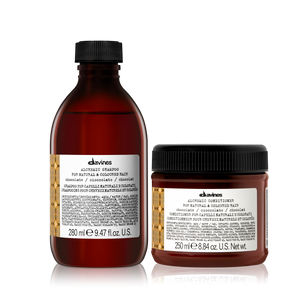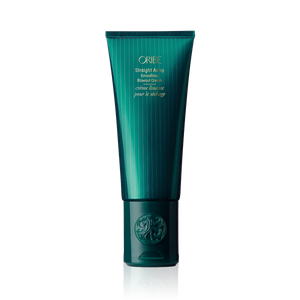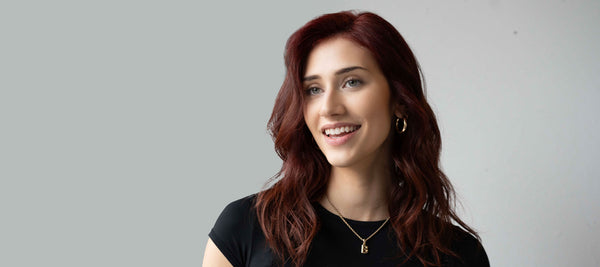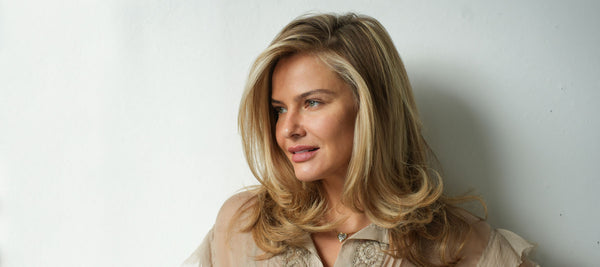Multidimensional colour: The secret to natural-looking hair
If the hair colour spectrum runs from box dye and balayage, this clever technique is slap bang in the middle.
DIY dyes offer all-over colour in a single shade, while balayage is the ultimate bespoke approach, with a variety of hues painted on by hand.
We specialise in the latter at Paul Edmonds London, but for clients who want a tailored approach without the same level of commitment, multidimensional colour is a fantastic option for natural-looking hair that can be done in half the time.
”Multidimensional colour is a method that blends different tones and shades to mimic natural hair,” says Steven Kamara, artistic director at Paul Edmonds London.
“I’ll create areas that are slightly lighter and darker to add more depth, so it's not just one global colour. It's about enhancing and personalising different tones within someone’s hair.”
Steven normally applies three shades within the same colour family, for example, honey blonde or chocolate brown: “Multi-tonal hair isn’t always done with balayage, it can be created with a tint. Clients love this look because it gives a more youthful and glossy appearance without having to invest a massive amount.”
So if you’re looking for an easy and affordable way to refresh your look right now, here’s everything you need to know about multidimensional colour…
How is multidimensional colour achieved?
Rather than using a freehand balayage technique to lighten certain strands or highlighting with foils, multidimensional colour is a global application.
“Global means covering every part of the hair from the roots to the ends, but you don't just have to use one colour, you can create multiple colours with what’s called a global tint,” Steven explains.
“A tint is where you're covering all of the roots and is mainly used to cover grey regrowth, but it can also be used as a fashion technique.”
If a client has more than 50% grey coverage, he will normally use a permanent tint, but if it’s less than 50% he’ll often opt for semi-permanent.
“With a tint you're only going to get a certain amount of lift, but by using two to three different colours you can create lightness around the face, with depth between the mid-lengths and ends,” Steven says.
“There are also high-lift tints, which are very good, but a lot more gentle on the hair than using a pre-lightener, which is a kind of bleach. And we have the option of using Inoa, which is ammonia-free colour.”
Whatever colour product is used, applying the three colours is a quick process that creates a seamless finish, he says: “I create panels in different areas, applying with a brush and then working it through with my hands. It only takes about 15 minutes more than an all-over colour application.”
What kind of looks can you achieve?
“A client’s base colour and condition will dictate what kind of multidimensional colour you can you can achieve,” Steven says, which is why every colour appointment at Paul Edmonds London starts with a consultation to discuss your options and desired outcome.
“If you've got somebody who's got very dark brown hair, for example, they're only going to be able to achieve certain brunette colours.”
For example, you could go for a coffee-inspired brunette look: “I would use ‘brick work’ sectioning to layer different types of coffee tones, from deepest espresso at the roots to americano on the mid-lengths and through to latte around the face.”
Steven cites a former celebrity client of his, Mad Men actress Christina Hendricks, as a perfect example of multidimensional red hair, and says aubrun-haired pop star of the moment Chappell Roan is another source of inspiration.
“To create a multi-tonal red look you could have a strawberry blonde front area going into something more deeper and richer to give that lift and softness around the face, then the rest is going to give more depth and make the front pop,” he says.
For blondes, he loves a warm, California-inspired trio of tones: “Depending on the level of your base colour you can achieve a nice honey blonde with a golden face-frame going into more of a beige or biscuity base.”
Multidimensional colour maintenance
Global tint colour needs to be redone every six to eight weeks in salon, and at-home maintenance is crucial too.
“We use the Innoluxe bonding treatment mixed in with the colour to lock it in,” Steven says. “But remember reds fade a lot quicker than other colours.”
Shu Umeura’s Colour Lustre range is his go-to for preventing fading at home, and he recommends colour conditioners too: “Pigmented conditioners are great for redheads, particularly copper tones, and for brunettes as well. They definitely help to keep the hair looking vibrant and shiny.”
Here are Steven’s top picks for maintaining multidimensional hair colour:
Three is the magic number

Better than box dye but less elaborate than balayage, multidimensional colour is a brilliant and affordable way to achieve natural-looking hair.
By choosing three complementary shades and placing them in seamless panels, your colourist can tailor the look to suit your base colour and skin tone, creating a flattering, fashionable and youthful look.
Discover how multidimensional colour can work for you. Book a consultation at Paul Edmonds London.

